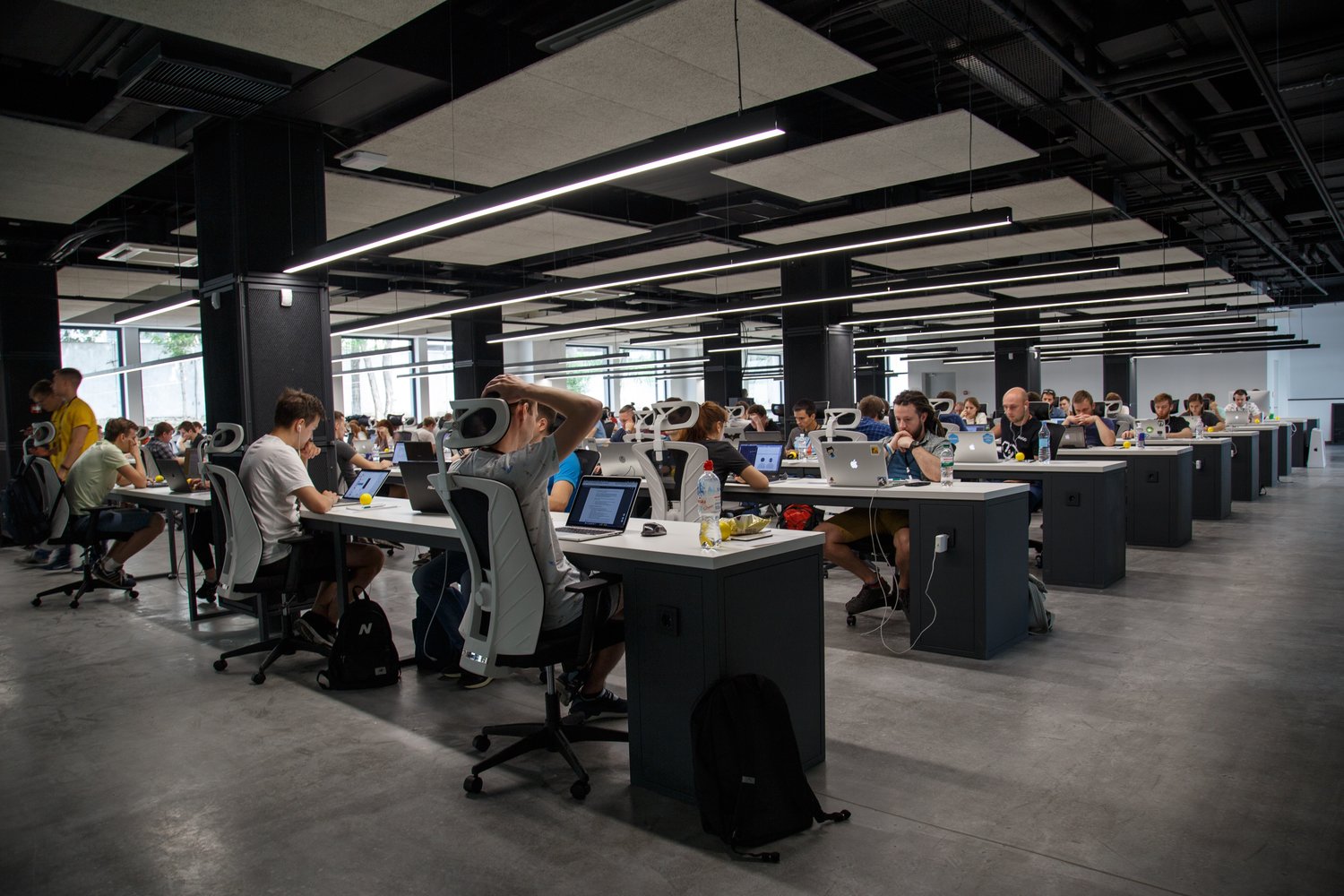
Many businesses share a common problem, extreme openness.
This causes a huge amount of headaches. But for many startups, it makes sense. As their business grows, so too does their employees. It allows them to simply add another desk and computer into a large space and you’re set to go.
Before the 1950s open-plan offices were just large rows of desks where technicians perform repetitive tasks all day. Such designs were rooted in the work of people like Henry Ford, whose ideas are based on creating efficiencies.

In the 1950s a german team named QuickBorner decided to add a few potted plants and a bit of geometry to large open spaces, creating what we know infamously today as the open plan office space.
But that is enough of the history lesson.
Since then, open plan offices have skyrocketed. From large advertising agencies to call centers, everyone wanted a piece of the pie. By removing walls people hoped that things like productivity and creativity would go through the roof. The idea was that employees would interact more and all that other good stuff.
It turns out the reality hasn’t quite matched the hype.
We have all seen the countless articles referencing the research on the negative effects of the open plan office. Employees were complaining that it was too noisy to concentrate. And when employees can’t concentrate they tend to communicate less.
The ability to concentrate on one task without any interruption is the absolute foundation for effective work. An open plan doesn’t always equal collaboration.
A Harvard study showed that people working in the open office had fewer conversations and used email and text a lot more. The study showed a few statistics but didn’t go into too much detail about why we saw these types of things happen. The gist of it is people don’t want to disturb their colleagues so they end up emailing more.
“collaboration” is corporate-speak rather than science” Leigh from Inc.com
Distraction makes it hard for workers to concentrate resulting in stress and mistakes that undermine performance and increases burnout.
